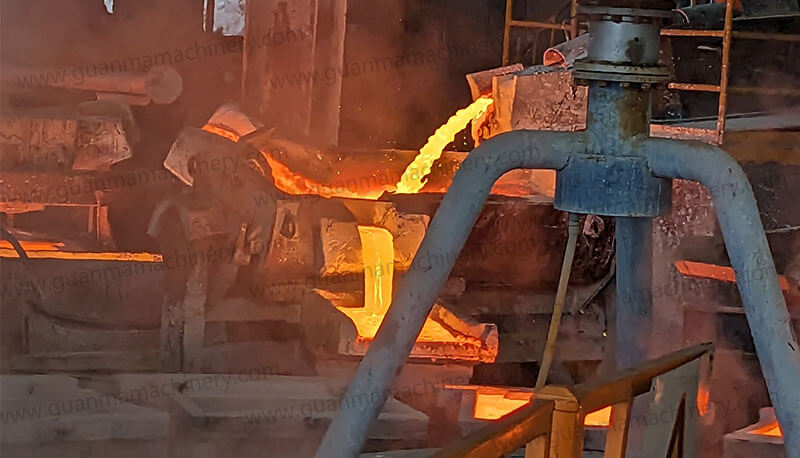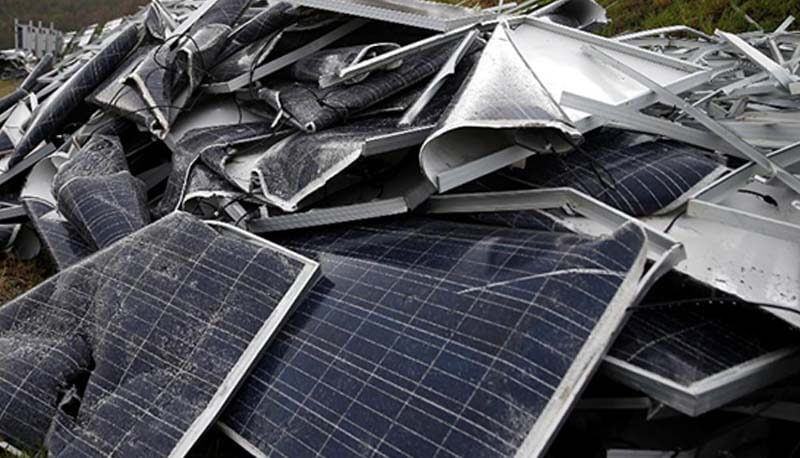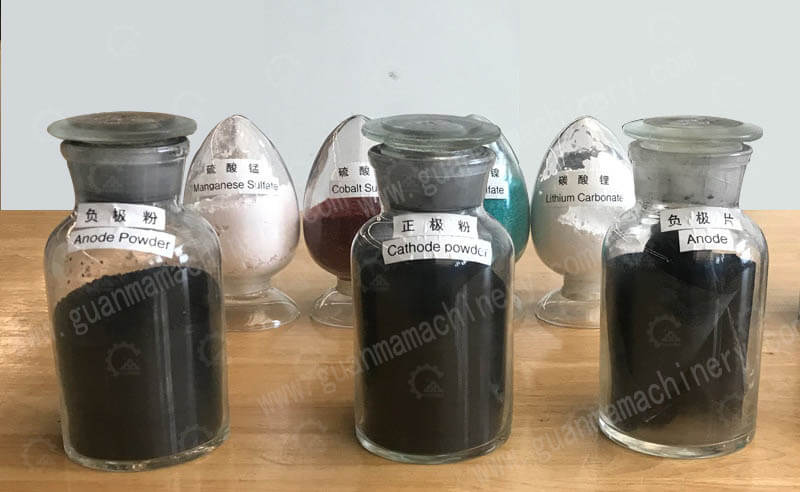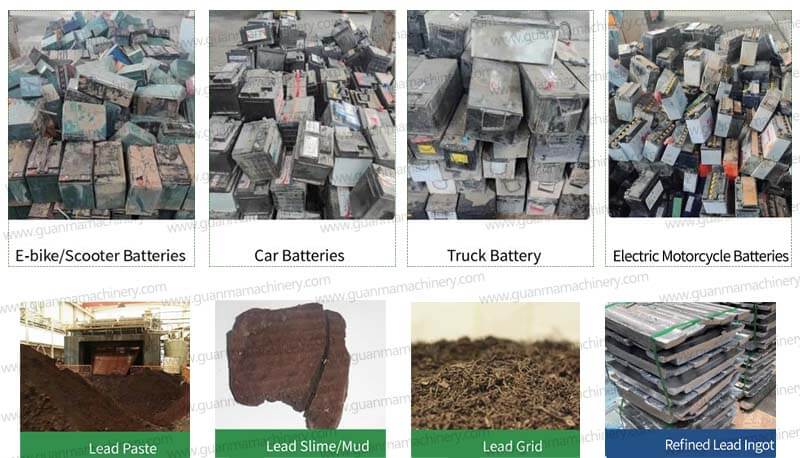Introduction to Electrolytic Copper
Copper has been a key material for centuries, with its widespread use in electrical wiring, plumbing, and many other industrial applications. But have you ever wondered how copper, a reddish-brown metal, becomes pure enough to be used in these technologies? The answer lies in the process of electrolytic copper refining. This process helps extract copper with remarkable purity, making it suitable for high-performance applications.
In this article, we’ll dive deep into the process of electrolytic copper production, exploring how it works, its advantages, and its significance in industries worldwide.
What is Electrolytsis Copper?
Electrolytic copper is the refined form of copper, obtained through an electrolytic process where copper is extracted from its ores or scrap metal. This method produces copper with a purity level of 99.99%, making it one of the most sought-after materials for electrical components, electronics, and more. Unlike copper obtained through traditional smelting, electrolytic copper is free from many impurities that can hinder its conductivity and strength.
Why Electrolytic Copper?
Electrolytic copper stands out due to its high purity, which is essential in industries that require metals with minimal electrical resistance. For example, in electrical wiring, even a small amount of impurity can cause overheating or efficiency loss. Electrolytic copper ensures that these issues are minimized, offering superior performance for applications in electronics, power generation, and even renewable energy systems.
The Copper Electrolysis Production Process: A Step-by-Step Guide
The process of producing electrolytic copper is both fascinating and highly technical. Here’s a breakdown of the main steps involved:
1. Preparation of Copper Ores
The process begins with copper ores that are typically extracted from the Earth. These ores are first crushed and concentrated to increase the copper content, which is then ready for further refinement.
2. Electrolytic Refining Setup
Next, the refined copper is placed into an electrolytic cell, consisting of a large tank filled with an electrolyte solution made of sulfuric acid and copper sulfate. The cell also contains two electrodes: a copper anode (the impure copper) and a copper cathode (where pure copper will be deposited).
3. Electrolysis Tank and Copper Electrode Arrangement
The electrolytic cell uses direct current (DC) power. The copper anode is connected to the positive terminal, while the copper cathode is connected to the negative terminal. This setup creates an electric current that flows through the electrolyte, facilitating the electrochemical reactions.
4. Current Flow and Electrochemical Reactions
When the current passes through the solution, copper ions from the anode dissolve into the electrolyte and travel toward the cathode, where they are reduced and deposited as pure copper. At the anode, copper undergoes oxidation, while at the cathode, copper ions undergo reduction.
5. Recovery of Pure Copper
After a certain period, the cathode will accumulate enough copper to be removed and processed further. This copper is then ready for use in various industrial applications.

Materials Required in Electrolytic Copper Refining
Copper Anodes and Cathodes: Copper anodes are made from impure copper and are used to supply copper ions to the solution. The cathodes are thin sheets of pure copper, where copper ions are deposited.
Electrolyte Solution: The electrolyte typically consists of sulfuric acid and copper sulfate. This solution allows copper ions to move between the anode and cathode.
Power Supply and Electrodes: A stable DC power supply is essential to drive the electrolysis process. The electrodes are made of copper or sometimes stainless steel.
Key Steps in the Electrolytic Process
The electrolytic copper refining process involves several crucial steps:
Dissolution of Copper: At the anode, copper atoms lose electrons and dissolve into the electrolyte as copper ions.
Reduction of Copper Ions: At the cathode, copper ions gain electrons and are reduced to form solid copper, which adheres to the cathode.
Role of Impurities: Impurities in the copper ore, like gold, silver, and other metals, do not dissolve in the electrolyte. Instead, they settle at the bottom of the electrolytic cell, forming a sludge known as anode slime.
Electrolytic copper is a cornerstone of modern industry, offering superior purity and performance for a wide range of applications. As technology advances, we can expect even more efficient and sustainable methods of copper refining in the future.




